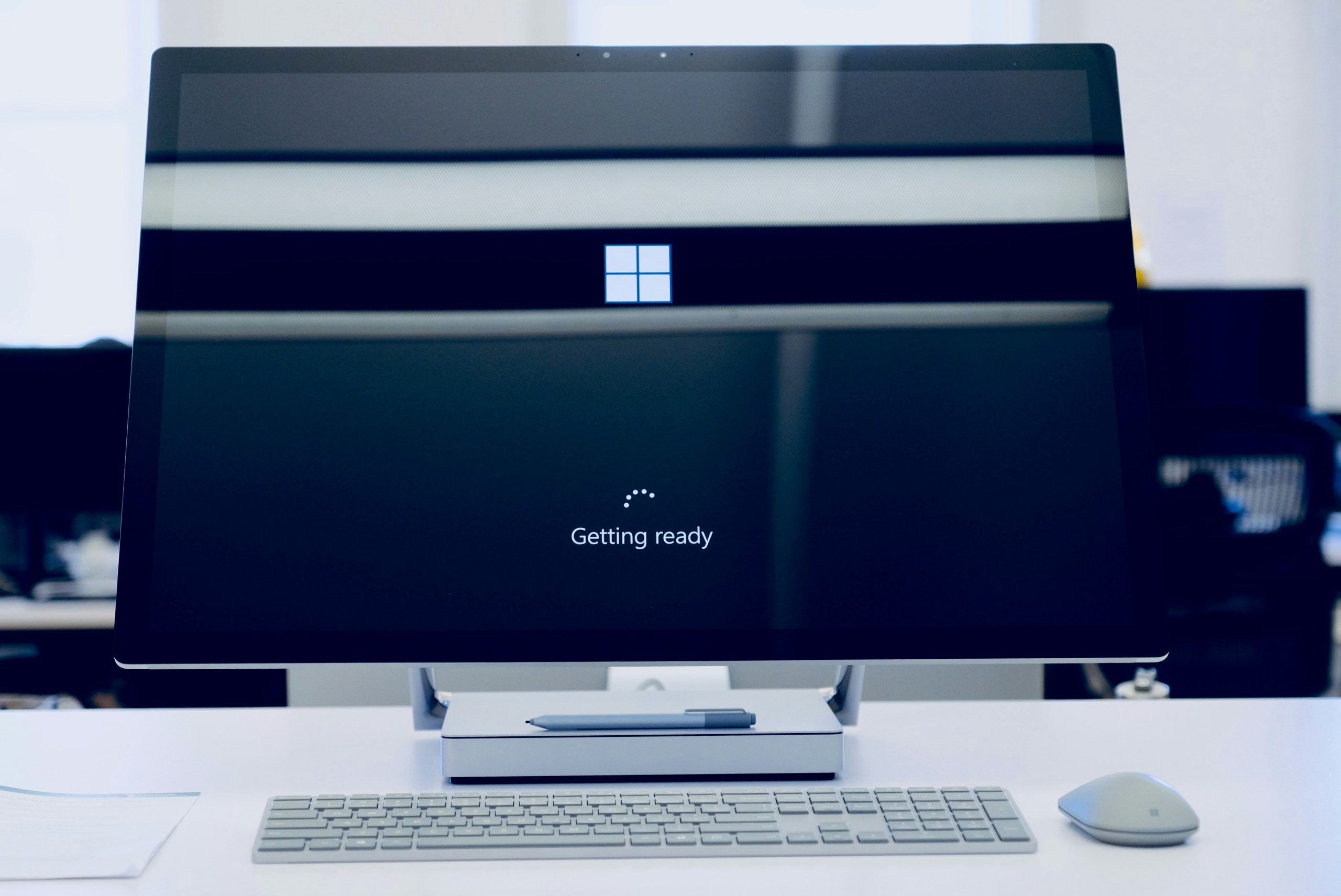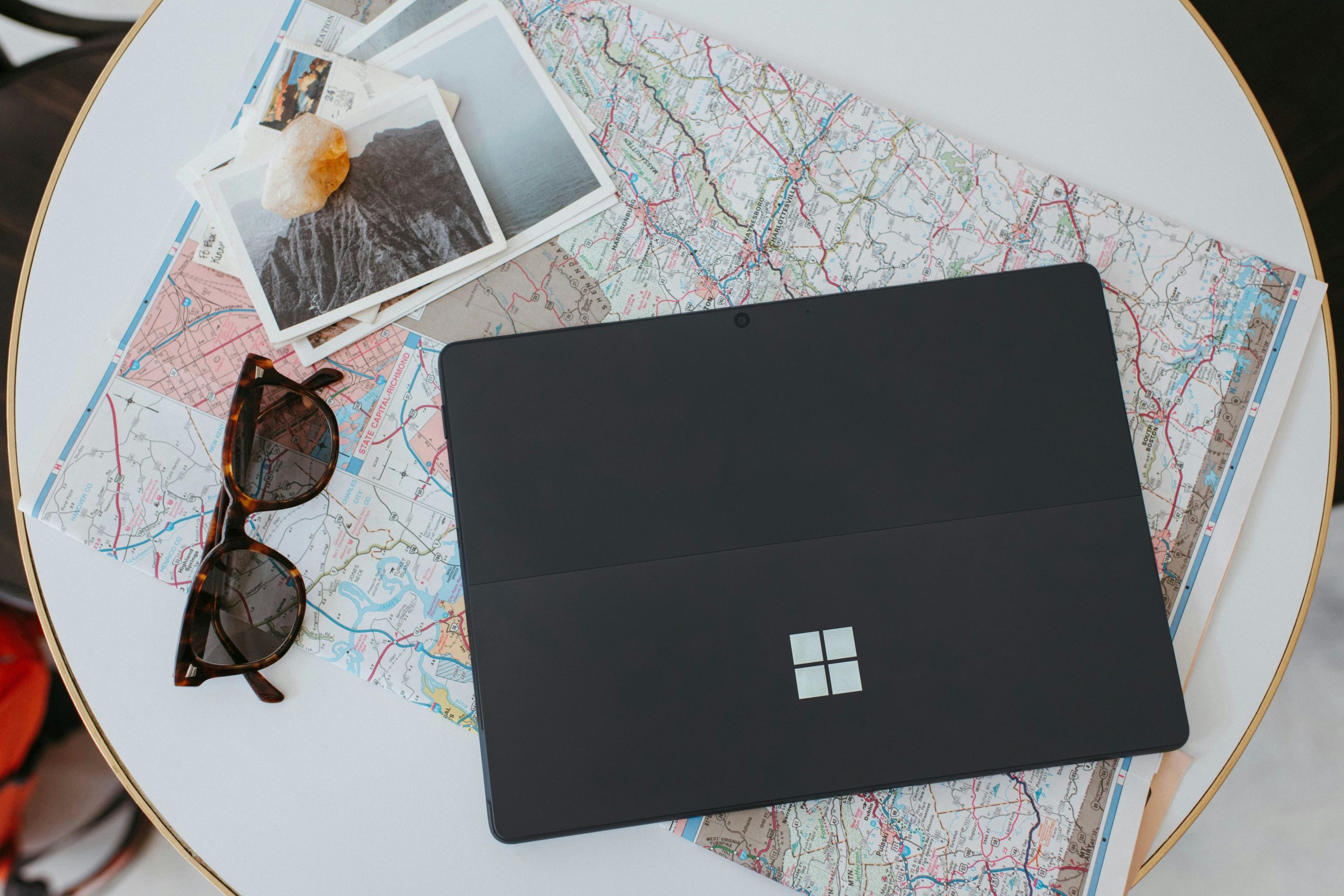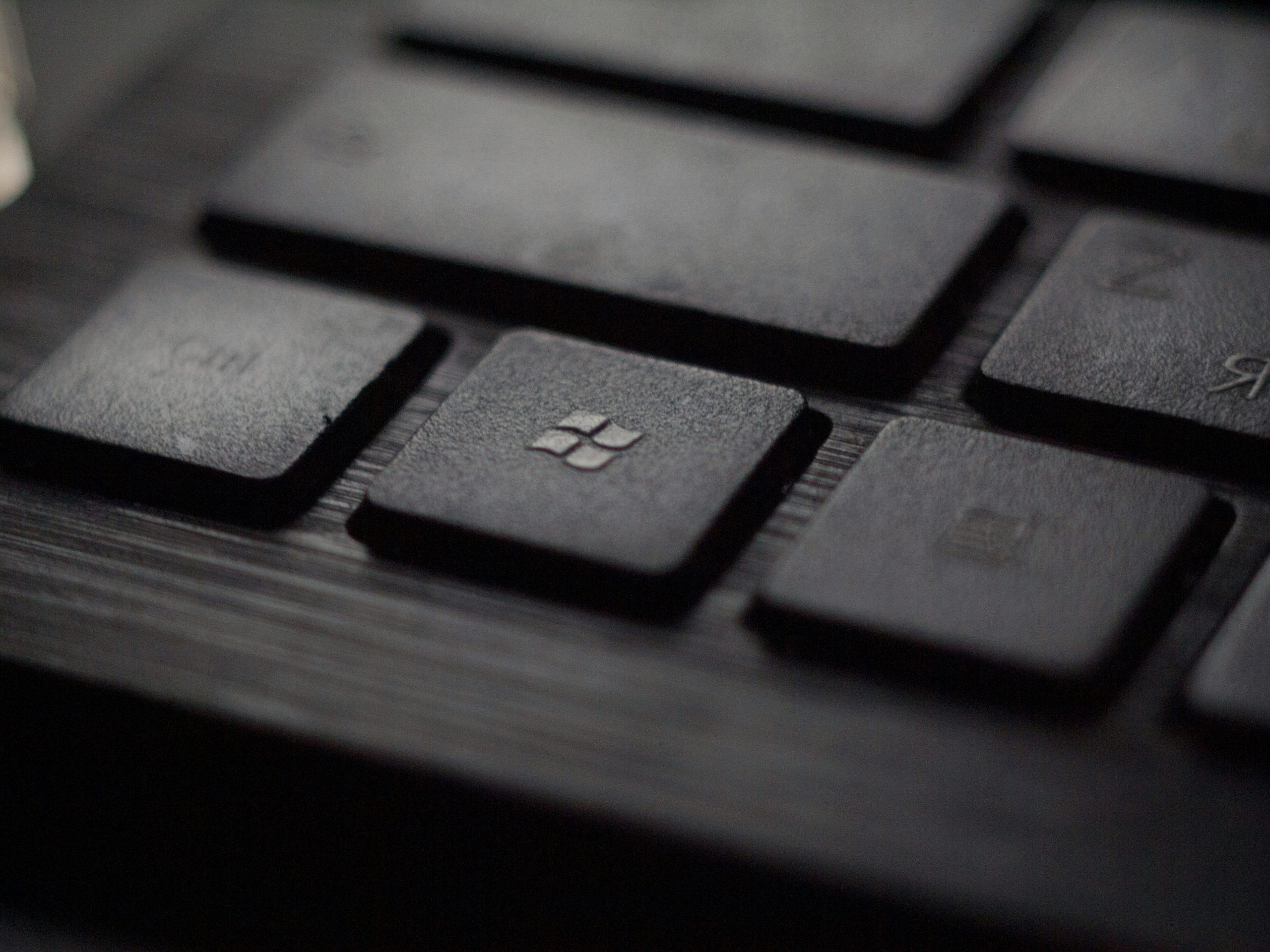In an age where the latest operating systems often dominate headlines, you might find yourself yearning for the simplicity and reliability of Windows 7. While it may be considered vintage by today’s standards, this beloved OS still holds a special place in the hearts of many users who appreciate its user-friendly interface and stability. But as Microsoft shifts its focus toward newer versions, how can you legally obtain a copy of this classic software? Fear not! In this article, we will guide you through the process of downloading Windows 7 ISO files safely and legally, ensuring that you’re not only preserving your cherished computing experience but also staying on the right side of copyright law.
Join us as we explore various legitimate avenues to access Windows 7 ISO files without falling into the trap of shady downloads or pirated versions. Whether you’re looking to revive an old machine or simply want to relive those nostalgic moments spent on this iconic operating system, we’ve got you covered. From official sources to helpful tips for installation, we’ll provide all the information you need to embark on your journey back in time with confidence and peace of mind.
Why Download Windows 7 ISO?
Downloading a Windows 7 ISO file can be a strategic move for several reasons, especially considering its reputation as one of the most user-friendly and efficient operating systems developed by Microsoft. For enthusiasts and professionals alike, having access to Windows 7 allows for optimal performance in various environments, particularly in legacy software that may not run smoothly on newer versions. This is crucial for businesses or individuals relying on specific applications that have yet to transition effectively to modern platforms.
Moreover, obtaining the ISO legally ensures you are using an uncorrupted version of the software—free from malware or unauthorized modifications. This matters greatly in today’s digital landscape, where security vulnerabilities can lead to significant risks. Additionally, maintaining a legally-sourced copy opens doors for future updates and support options from Microsoft that can extend your system’s lifespan while keeping it secure and functional. Ultimately, downloading Windows 7 ISO not only serves practical needs but also represents a commitment to reliable computing during your tech journey.

Official Microsoft Sources for Download
When it comes to downloading Windows 7 ISO files legally, users should always turn to official Microsoft sources for secure and reliable downloads. The Microsoft Software Download website is your best starting point—here you’ll find a straightforward interface designed for ease of access. By entering your valid product key, you can retrieve the specific version of Windows 7 that suits your needs. This ensures that you’re not only obtaining an authentic copy but also aligning with the necessary licensing regulations.
In addition to product keys, Microsoft’s official resources often provide guidance on system requirements and installation processes, significantly easing what can sometimes be a convoluted task. Engaging directly with these platforms empowers users to maintain their systems correctly while minimizing risks associated with third-party downloads, which could be laden with malware or outdated software versions. Ultimately, utilizing Microsoft’s sanctioned methods ensures peace of mind as you navigate through the nuances of reclaiming or transitioning to an older operating system like Windows 7.
Checking Your Product Key Requirement
Before diving into your Windows 7 ISO download, it’s essential to check whether you require a product key for installation. Many users overlook this critical step, assuming that the downloaded file alone will suffice. However, verifying your product key status not only streamlines the installation process but also safeguards against potential issues related to software validation down the line.
If you’ve previously installed Windows 7 on your device, chances are you already possess a valid product key located on the original packaging or in confirmation emails if you purchased it online. For those transitioning from an older PC or reinstating an OS on a reformatted drive, locating this code can be crucial to avoid complications during activation. Furthermore, understanding whether you’re eligible for a free upgrade—if you have a valid license—can save time and resources while ensuring compliance with licensing agreements. Embracing this proactive approach sets up your journey toward utilizing Windows 7 smoothly and legally.

Creating a Bootable USB Drive
Once you’ve legally obtained the Windows 7 ISO, the next step is to create a bootable USB drive, an essential tool for installation or recovery. To ensure a smooth process, select a USB drive with at least 8 GB of storage and back up any important data since this action will erase existing files. Tools like Rufus or the Windows Media Creation Tool simplify this task, allowing you to transform your USB into a beacon of potential. Simply launch the application, select your downloaded ISO file, choose your USB device, and let the software handle the technical details.
One often overlooked aspect is ensuring that your BIOS settings are correctly configured for booting from USB. Before you dive into installation mode, take a moment to reboot and access your BIOS setup—most systems use keys like F2 or Delete upon startup. Adjusting these settings can drastically improve not just installation speed but also prevent errors that may arise from incorrect configurations that might send you straight down memory lane instead of launching into fresh Windows territory. This proactive approach not only empowers you as the user but also enriches your understanding of system operations in today’s digital landscape—transforming what often feels like daunting tasks into achievable DIY projects.
Installing Windows 7 from ISO
Installing Windows 7 from an ISO file is a straightforward process that can breathe new life into your older machines or simply be a nostalgic trip down memory lane. Before diving in, ensure you have the necessary tools: a compatible computer, the Windows 7 ISO file downloaded legally, and either a USB flash drive (at least 4GB) or a blank DVD for installation media. If you prefer speed and flexibility, using a USB drive is highly recommended; not only does it reduce installation time, but it also allows for easy portability.
To begin the installation process via USB, you’ll need to create bootable media by utilizing tools like Rufus. This free software streamlines what can often be a complicated procedure; simply select your ISO file and follow the prompts to write it onto your flash drive in just minutes. Once prepared, restart your computer with the USB plugged in and access the BIOS to select the boot order — ensure your USB is prioritized over other drives. As you navigate through this familiar yet nostalgic installer interface of Windows 7, remember that this isn’t merely about operating systems; it’s about rekindling memories associated with one of Microsoft’s most beloved environments. Enjoy every step as it leads you back to an interface filled with productivity’s promise!

Troubleshooting Installation Issues
Installation issues can often frustrate even the most seasoned users when attempting to set up Windows 7 from a downloaded ISO. One common hurdle is encountering a corrupt ISO file, which will typically manifest as errors during installation. To mitigate this, ensure your download source is legitimate and consider using checksum verification to confirm file integrity before proceeding with the installation process. This simple step can save you hours of troubleshooting later down the line.
If you’re hitting roadblocks during setup that seem unrelated to the ISO itself, such as compatibility problems or hardware failures, it’s crucial to revisit your system requirements and configuration. Check for outdated drivers or firmware that might not play well with older operating systems like Windows 7. Also, re-evaluating BIOS settings can be beneficial; sometimes toggling options related to compatibility mode or legacy support can pave the way for a smoother installation experience. Embracing these practices ensures a more seamless transition and helps you avoid unnecessary headaches along the way.
Conclusion: Safely Download and Install Windows 7
In conclusion, downloading and installing Windows 7 can be a seamless process if you follow the right procedures. Prioritizing safety is paramount; always ensure that you are obtaining the ISO file from a legitimate source to avoid potential malware risks or compromised software. Microsoft’s official website offers resources for users with valid product keys, making it essential to have yours handy before embarking on the download journey.
Moreover, consider creating a bootable USB drive rather than relying solely on DVDs, as this method not only speeds up installations but also reduces the chances of physical damage to your media. Embracing digital solutions allows for easier troubleshooting and upgrades down the line. Remember that while Windows 7 may no longer receive regular updates, leveraging community forums and backup tools can extend its functionality safely and effectively. By taking these thoughtful steps, you can enjoy your Windows 7 experience securely in today’s technologically advanced landscape.
